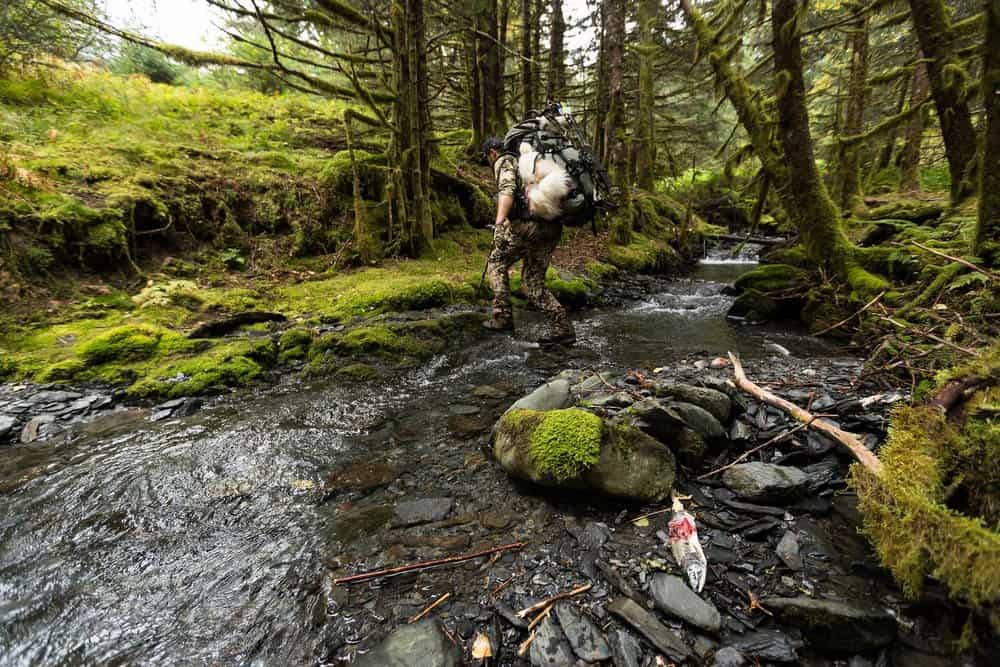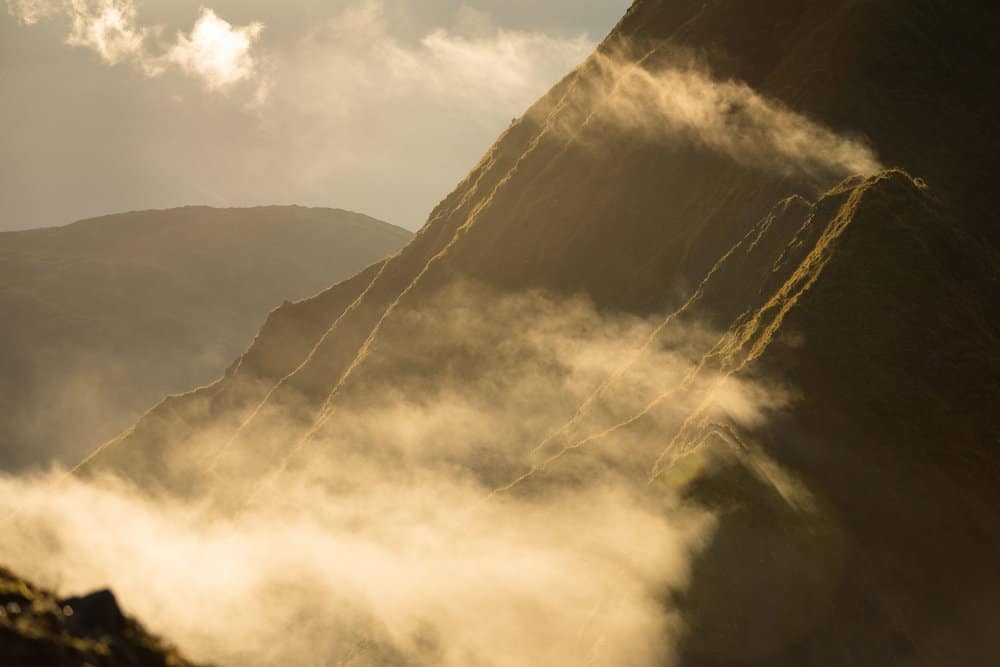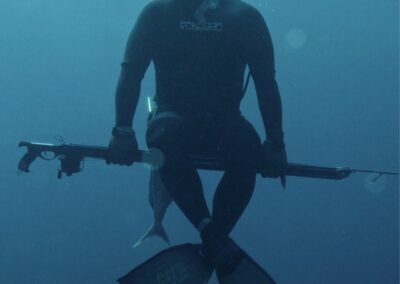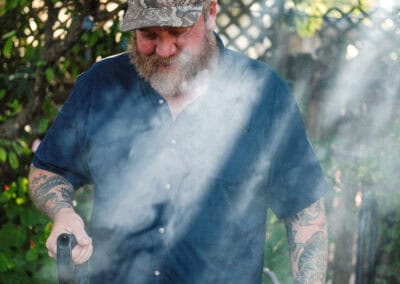Your cart is empty


I’m fascinated by technology. I waited hours in line for the release of the first iPhone and I upgrade every year. I’m a power user of AI and may wear Google glasses one day at the risk of getting harassed. That being said, I also live deeply connected with the natural world on the side of a river in the heart of Montana and regularly venture far beyond.
While I’m required to spend a good bit of my life on the grid, I am most alive while removed from it. Living in the wild brings out the essence of who I am. It is my core. I feel most free, most essentially me when the cord has been cut. When WiFi fades and LTE quits, a massive weight is lifted from my shoulders; a weight I don’t notice most of the time that I surely wasn’t meant to carry. It’s as if I’ve removed a pack from my shoulders full of rocks that others had secretly placed inside as a joke.
The wilderness forces simplicity. It narrows my focus on life’s most basic needs — to eat, drink, and stay alive. In the wild I experience a deep reverence for life, the ecosystem, my truest self, and their interconnectedness. I remember the fact that life begets and sustains life. My exposure to the elements humbles me and sometimes humiliates me. In the presence of vast mountain ranges I feel small and that’s a valued lesson in a world that promotes big dog wins. The majesty of God’s creation inspires me and the crack of thunder, roar of a raging storm or cry of a wild animal awe me. It is in their presence I feel purpose and find answers to questions I didn’t know I was asking. It is in the wild that I find my why.

My lifestyle is possible because of public lands and I’ve often imagined what life would be like if such precious space were inaccessible — the feeling is daunting. My mental, physical, and spiritual health depend on my connectedness to these wild places and I can’t imagine a life absent of the bugle of a rutting bull elk, the joy of harvesting clean meat or the simple pleasure of observing rare birds. My epiphany in those moments is as significant as old prospectors striking gold.
As a boy, my dad told me we owned the public land around our home. I was fired up. From the humble public park to the National Park, we owned it all. I was an heir to an amazing fortune! None of my friends understood how rich we were. Admittedly, I was a little confused, but I was willing to share “our” land. As I got older, he explained that we owned it with other people who’d also been paying for it through federal and state payroll deductions. And he said we all stood on the shoulders of those who preceded us, like the many native American tribes and later John Muir, Ansel Adams, and Teddy Roosevelt. No paths we walked were untrod. He then educated me and my siblings about the meaning and responsibility of our rights of ownership. It was held in trust. That trust encompassed a promissory note that while we use it in our lifetimes, it is necessary that we leave it better than we found it.

But the future of our public land is in jeopardy. There are currently more than 9 million acres of U.S. public land that are landlocked by private owners. I don’t know about you, but I want our land back. It’s land we own — paid for by us and generations before of hard-working taxpayers — and now it’s as inaccessible to us as Fort Knox. The gates are locked. It’s like we’ve all pooled a percentage of our paychecks to buy a resort, only to find it posted with “No Trespassing” signs. Sadly, not many people notice or even care it’s gone missing.
The events of my childhood shaped my worldview. My adventures on public land since then have cultivated a deep love of wilderness. My literal perspective on ownership taught me to protect them. As humans, we innately guard the things we love and own. If you don’t believe me, try and take a child’s XBOX and see how it goes. If we love this land and want it to endure, we must give our children the same experiences that caused us to care so deeply. We must usher them into these wild places so they might care, or even notice, if they go missing.

This story is from Modern Huntsman Volume Two. To read this story in print and to read more stories on the topic of public land, you can purchase Volume Two in the link below.
Related Stories



Latest Stories


